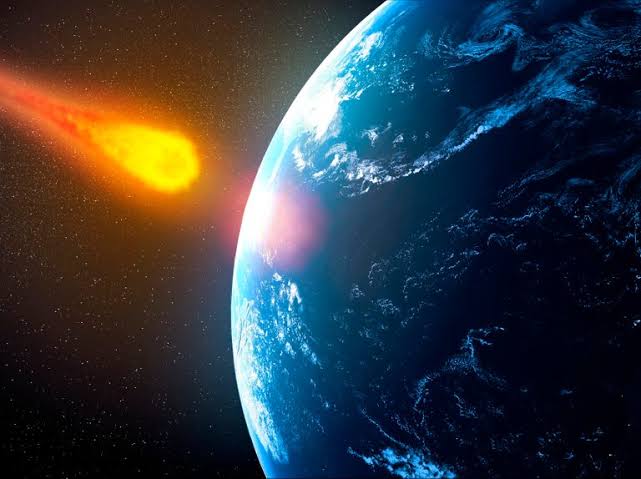The earth has been hit by asteroids and meteors multiple times throughout its history. These scars are not always easily visible and we may be underestimating the severity of past asteroid strikes. Much of this evidence has been erased over time by soil erosion and other natural processes. However, we can still use the clues to extrapolate the story of the past.
James Garvin is the chief scientist at NASA’s Goddard Space Flight Center who argues that by studying this evidence more closely, we may be able to better understand the true impact of these events and prepare ourselves for the possibility of future catastrophic impacts. He believes that some of the more serious asteroid strikes that have occurred within the past million years may have been misinterpreted.
If Garvin’s theory is correct, a steroid impact could be much more devastating than what we think. During his presentation at the Lunar and Planetary Science Conference, Garvin expressed that such an event would be “serious crap happening.”
The asteroid that killed the dinosaurs 66 million years ago, is the most infamous asteroid impact in history is the one which left a massive hole in the crust off the coast of what is now the Yucatan Peninsula. This impact was caused by an asteroid that was roughly 10 kilometers (about 6 miles) wide and hit our planet around 100 million years ago.
Smaller impacts can have too devastating consequences, such as casting a pall over the planet and potentially causing years of famine. An asteroid around a kilometer wide is estimated to strike the Earth’s surface on average every 600,000 years, creating a blast of heat and dust.
It requires a large amount of quality date to predict when a meteorite impact event will occur with accuracy and may be impossible sometimes. WE can monitor the skies for potential threats, and record them as historical archive of actual meteorite strikes throughout Earth’s history in the geological records.
Earth’s dynamic processes like wind, water, and tectonics that constantly reshape its surface make it extremely difficult to decipher the geological records further back in time. Even more recent impact events can be challenging to interpret due to accumulated dust and biological activity.
Garvin and his team utilized a new high-resolution satellite images to examine the weathered remains of some of the largest impact craters formed within the last million years in detail. Garvin and his team discovered that some impact craters have faint rings beyond their previously known rims, indicating that they may be larger than previously thought, through their analysis.
The Zhaminshin crater in Kazakhstan was thought to be 12 to 14 kilometers wide and caused by a meteorite with a diameter of 200 to 400 meters around 90,000 years ago, potentially causing a ‘nuclear winter’ style event. But new analysis using high-resolution satellite images suggest that the Zhaminshin crater may actually be closer to 30 kilometers across, meaning an even catastrophic event. The rim diameters of three other large craters were also recalculated, doubling or tripling in size.
These findings have significant implications, suggesting that kilometer-sized objects impact the Earth every few ten-thousand years. While the discovery of these faint rings beyond the known rims of impact craters is an exciting development, scientists caution that they may not necessarily be caused by the impact itself. The rings could potentially be debris ejected from the strike and subsequently raining back down in a concentrated pattern, or they could be a phantom artifact in the data.
Despite this, Garvin and his team argue that debris fields are unlikely to remain clear after so many years of weathering and erosion. Nevertheless, science is built on a foundation of rigorous debate and hypothesis testing.
As we continue to work on systems to detect and potentially mitigate the impact of asteroids, the likelihood of a catastrophic collision with Earth remains relatively low.
However, the planet already bears enough scars, and avoiding additional ones should remain a priority. The findings from this research were presented at the 2023 Lunar and Planetary Science Conference, held in the Woodlands, Texas.
CONCLUSION:
We must remain vigilant and committed to asteroid preparedness in order to protect our planet from a potentially catastrophic impact. This requires investing in our detection and deflection capabilities, as well as continuing to study and understand the geological record of past meteorite impacts.
The recent discovery of faint rings around impact craters highlights the importance of staying open to new discoveries and incorporating them into our preparedness strategies. By taking proactive steps towards asteroid preparedness, we can ensure the safety and longevity of our planet for future generations.
